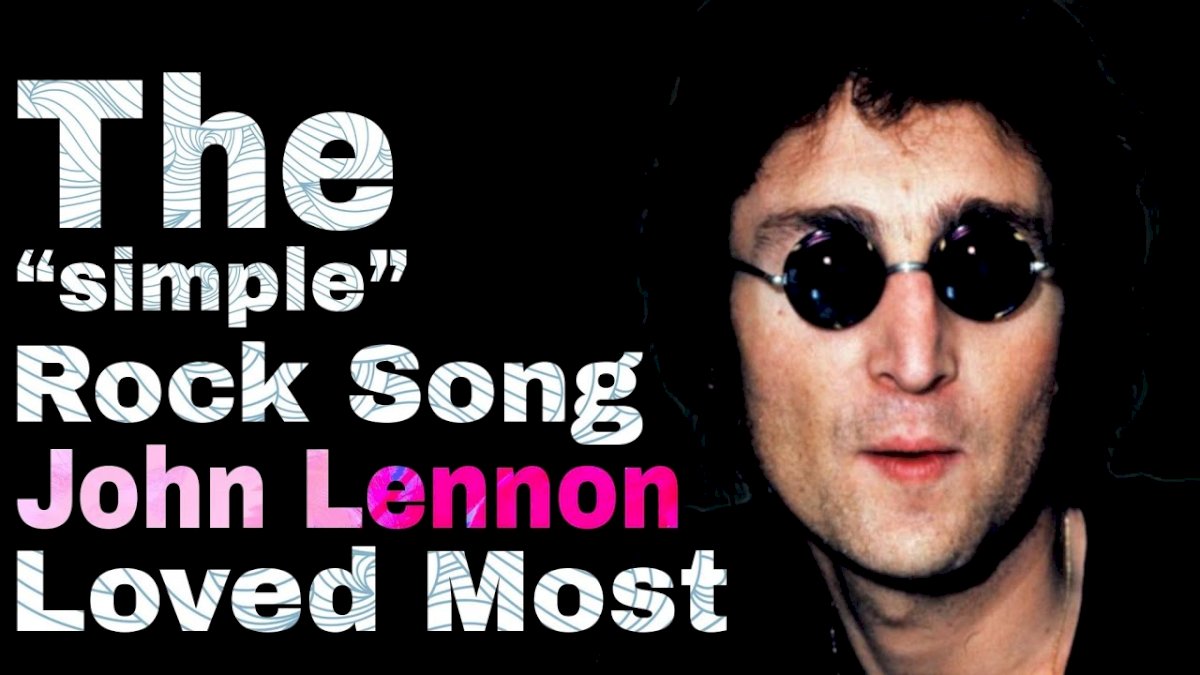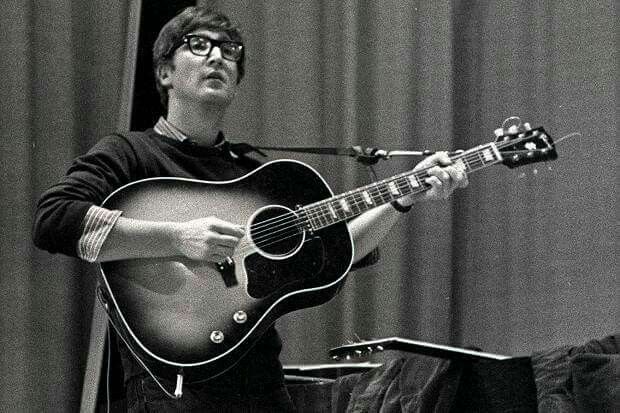"Twist and Shout," a song that has become synonymous with high-energy rock 'n' roll and dance, achieved iconic status through The Beatles' raucous rendition. However, what many may not know is that one of the Fab Four, John Lennon, initially harbored a strong dislike for the song.

The Beatles' Debut Album and Recording Pressure

In 1963, The Beatles were at the precipice of international stardom, riding on the success of their debut album "Please Please Me." Recorded in a single day to meet contractual obligations, the album featured a mix of original compositions and cover songs. Among the tracks was "Twist and Shout," a cover of the Isley Brothers' hit, chosen to showcase John Lennon's raw vocal power.
The recording session for "Please Please Me" was grueling, taking place on February 11, 1963, at Abbey Road Studios. Due to the tight schedule and the desire to capture the energetic essence of their live performances, The Beatles saved "Twist and Shout" for the final take. This decision, while contributing to the song's fervor, also played a role in shaping Lennon's initial feelings towards it.
Lennon's Raw Performance

John Lennon's vocal delivery on "Twist and Shout" is nothing short of electrifying. His raspy, soulful rendition added a unique dimension to the song, but it came at a cost. By the time The Beatles reached "Twist and Shout" in the recording session, Lennon's voice was already strained from the day's efforts.
The decision to record the most demanding song last, combined with Lennon's already fatigued vocal cords, contributed to an emotionally charged performance. Lennon, who was known for his dedication to capturing authenticity in his music, pushed through the physical strain to deliver a performance that would later become iconic.
Lennon's Initial Reaction

Despite the undeniable success of "Twist and Shout" and its subsequent reception by fans, John Lennon harbored resentment towards the song in the immediate aftermath of the recording session. His vocal cords were not the only casualty of the intense performance; his frustration with the physical toll of the recording process and the pressure to deliver a hit left a bitter taste.
Lennon, in interviews and memoirs, expressed his initial disdain for "Twist and Shout," attributing it to the physical and emotional strain of the recording session. He reportedly felt that the song didn't accurately represent his vocal capabilities, as the raw, almost primal quality of his voice was a result of exhaustion rather than intentional expression.
From Dislike to Acceptance

As time passed and "Twist and Shout" cemented its place as a beloved rock 'n' roll anthem, John Lennon's perspective on the song underwent a transformation. While he may have initially resented the toll it took on his voice and the pressure surrounding its recording, he couldn't ignore the impact and enduring popularity of the track.
Lennon's appreciation for "Twist and Shout" grew as he witnessed the enthusiastic response of audiences during live performances. The song became a staple of The Beatles' setlists, capturing the infectious energy of their early years. Lennon, always attuned to the pulse of the audience, recognized the connection that fans had with "Twist and Shout" and its role in defining the band's live performances.
The Enduring Impact of "Twist and Shout"

"Twist and Shout" stands as a testament to the enduring power of rock 'n' roll and The Beatles' ability to infuse their own energy into classic tunes. Despite John Lennon's initial reservations, the song remains an integral part of The Beatles' legacy, symbolizing the exuberance and rebellious spirit of the 1960s.
Lennon's complex relationship with "Twist and Shout" serves as a reminder that even the most iconic musicians can have ambivalent feelings towards their own work. The song, with its infectious beat and unforgettable chorus, transcended Lennon's initial discontent to become a timeless classic that continues to inspire generations of music lovers.
Conclusion

The story of John Lennon's initial disdain for "Twist and Shout" adds a layer of complexity to the narrative of The Beatles' meteoric rise to fame. The circumstances surrounding the recording session, Lennon's vocal strain, and the pressure to deliver a hit all played a role in shaping his initial feelings towards the song.
However, as "Twist and Shout" became an anthem of a generation, Lennon's perspective evolved, highlighting the unpredictable and multifaceted nature of the creative process. In the end, the song's enduring popularity solidified its place in the pantheon of rock 'n' roll classics, proving that sometimes, even artists themselves can be surprised by the impact of their own creations.



